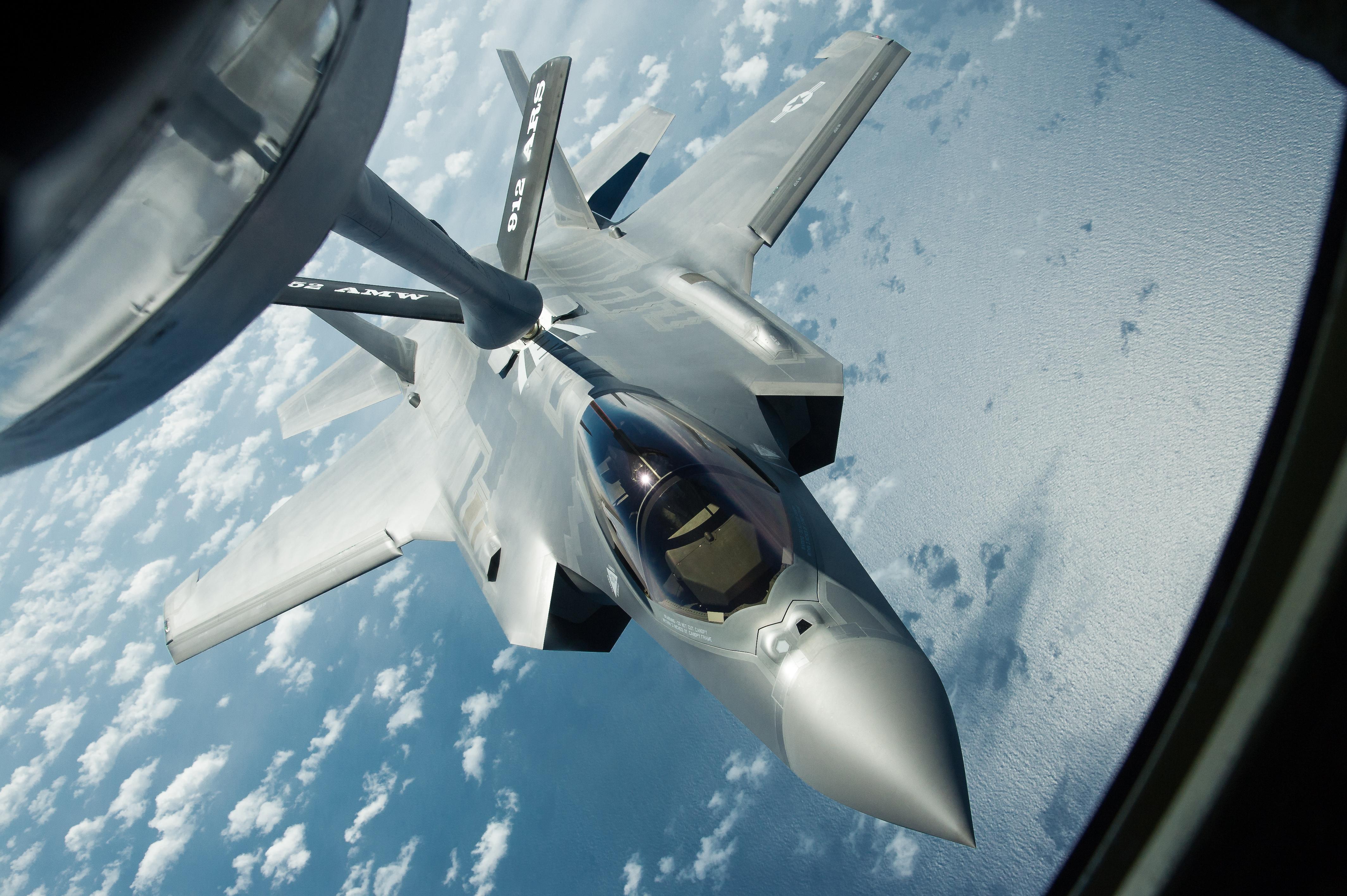
Credit: U.S. Air Force
The U.S. Air Force’s future refueling aircraft, beyond the KC-46 and upcoming bridge tanker, should get smaller, focus solely on refueling and rely more on automation to be more effective in a high-end, Pacific war scenario, a new think tank report argues. The Hudson Institute, in an analysis of...
Subscription Required
This content requires a subscription to one of the Aviation Week Intelligence Network (AWIN) bundles.
Schedule a demo today to find out how you can access this content and similar content related to your area of the global aviation industry.
Already an AWIN subscriber? Login
Did you know? Aviation Week has won top honors multiple times in the Jesse H. Neal National Business Journalism Awards, the business-to-business media equivalent of the Pulitzer Prizes.
